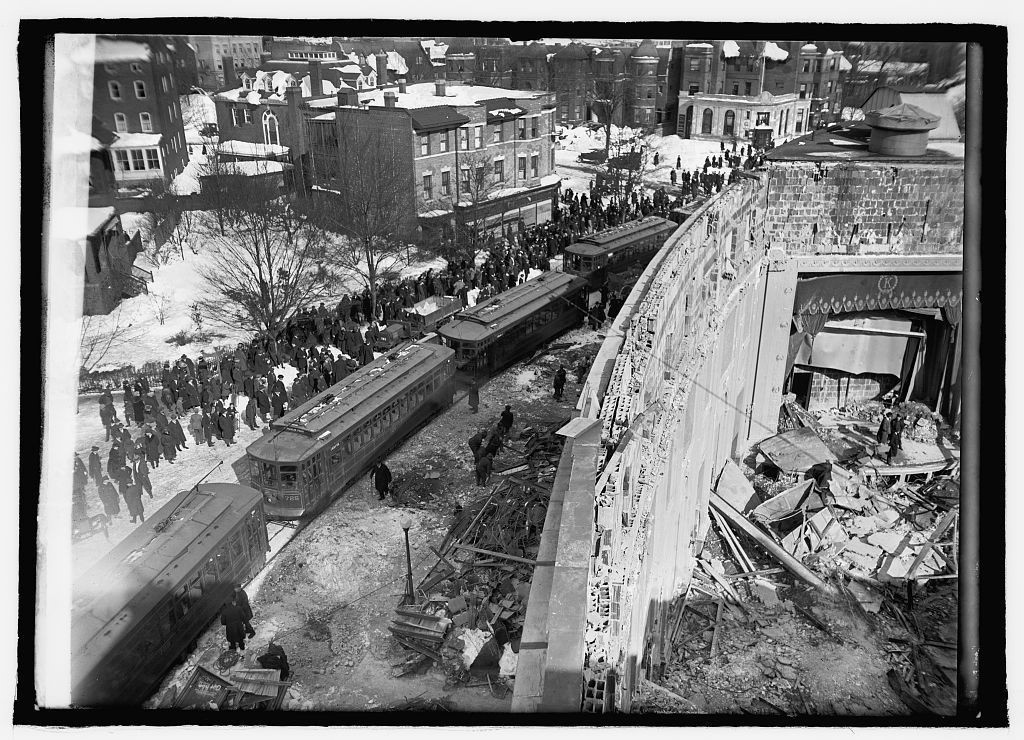Reading Charlotte Van den Broeck’s beguiling book about architects and
melancholy on a blue and gold September day, I found it impossible not to think
of the twin towers.
اضافة اعلان
Widely
disfavored in their heyday by critics who preferred the elegant art deco
Empire State Building, the audacious modernist buildings — often compared to
exclamation points or front teeth and almost synonymous with Frank Sinatra
singing “New York, New York” — are now missed most terribly from the anodyne
skyline of downtown Manhattan.
Their
architect, Minoru Yamasaki, died of cancer long before 9/11, but he had
castigated himself during his lifetime for the failure and eventual demolition
of the Pruitt-Igoe housing complex he had designed in St. Louis.
Though
she does not mention Yamasaki or either of his ill-fated projects, Van den
Broeck, a young Belgian poet, found herself preoccupied by the creators of
ambitious, imperfect structures — to the point where a boyfriend, Walter,
despite being a scholar himself, angrily calls her “compulsive” for sneaking
her research into plans for a Scottish vacation.
Pondering
“what makes a mistake larger than life, so all-encompassing that your life
itself becomes a failure,” she had set out to research a baker’s dozen of
“tragic architects” in America and Europe. They range from Francesco Borromini
of Rome, who lived in the more conventional Gian Lorenzo Bernini’s shadow
during the 17th century and eventually impaled himself on a saber; to Starr
Gideon Kempf, who made a kinetic sculpture garden in Colorado Springs,
Colorado, before putting a gun to his head in 1995.
“Architecture
has a more definite impact on the world” than language, is how Van den Broeck
explains her undertaking to one of many bemused sources. “Besides, buildings
have at least a shot at eternity. I don’t have any illusions about my poems.”
But
writing and architecture have plenty more in common: the possibility of
transcendent aesthetic experience; the process of making something from
nothing. “Bit by bit, putting it together,” as Stephen Sondheim wrote.
More
darkly, suicide has clouded both disciplines. Some building designers, Van den
Broeck discovers, ended their own lives after poor critical reception or
mechanical failure led to disrepute.
 The ruins of Crandall’s Knickerbocker Theater in Washington, which collapsed in 1922. (File photo: NYTimes)
The ruins of Crandall’s Knickerbocker Theater in Washington, which collapsed in 1922. (File photo: NYTimes)
Her
chapter on Reginald Geare, who gassed himself five years after Crandall’s
Knickerbocker Theater in
Washington, DC, collapsed in 1922 under the weight of
a snowstorm, causing 95 fatalities, is particularly affecting. Harry Crandall,
the businessman who commissioned the building, would succumb in the same
manner. (“I’m despondent,” he wrote in his goodbye note, “and miss my theaters,
oh so much”.)
Other
architects Van den Broeck studies are oddly only rumored to have died by their
own hands, as if history’s collective consciousness is exacting revenge for
public works that didn’t work out.
“His
alleged suicide would at least lift him out of his colorless slot in history,”
she writes of military engineer Karl Pilhal in a letter to the exasperated
Walter. Pilhal supposedly could never get over the shame of not installing
proper toilets in his Rossauer Barracks, a dull medieval fortress along the
Danube originally constructed for Crown Prince Rudolf of Austria.
I
have no idea where this book, translated gracefully from the Dutch by David McKay,
will land in the Dewey Decimal System. The suicidal-architect conceit turns out
to be something of a facade for a blend of memoir, travelogue, and
philosophical tract. Moreover, Van den Broeck, using third-person omniscient
narration for many of her dead subjects and reconstructing dialogue without
documentation, freely admits she’s an unreliable narrator with a “proclivity
for twisting the truth”.
In
our moment of “quiet quitting”, resistance to corporate domination and a
conviction that capitalism is in decay, Bold Ventures does arrive as a timely
interrogation of what, exactly, constitutes success — of how to live.
Significant
chunks of the book explore Van den Broeck’s own writer’s block and insecurity.
“Mediocrity, crueler than mere failure,” she writes, echoing Antonio Salieri in
“Amadeus” in a chapter on the Vienna State Opera House, one of whose architects
hanged himself from a hat rack. “The remoteness of the masterpiece and the
peril of mediocrity make it impossible, most days, to put anything down on
paper.”
Underslept, underpaid, and
bogged down by a mysterious heaviness — one may wonder after reading Bold
Ventures if Van den Broeck is OK. And yet her tiered confection is a small
marvel: a monument to human beings continuing to reach for the skies, even
after their plans dissolve in dust.
Read more Books
Jordan News



